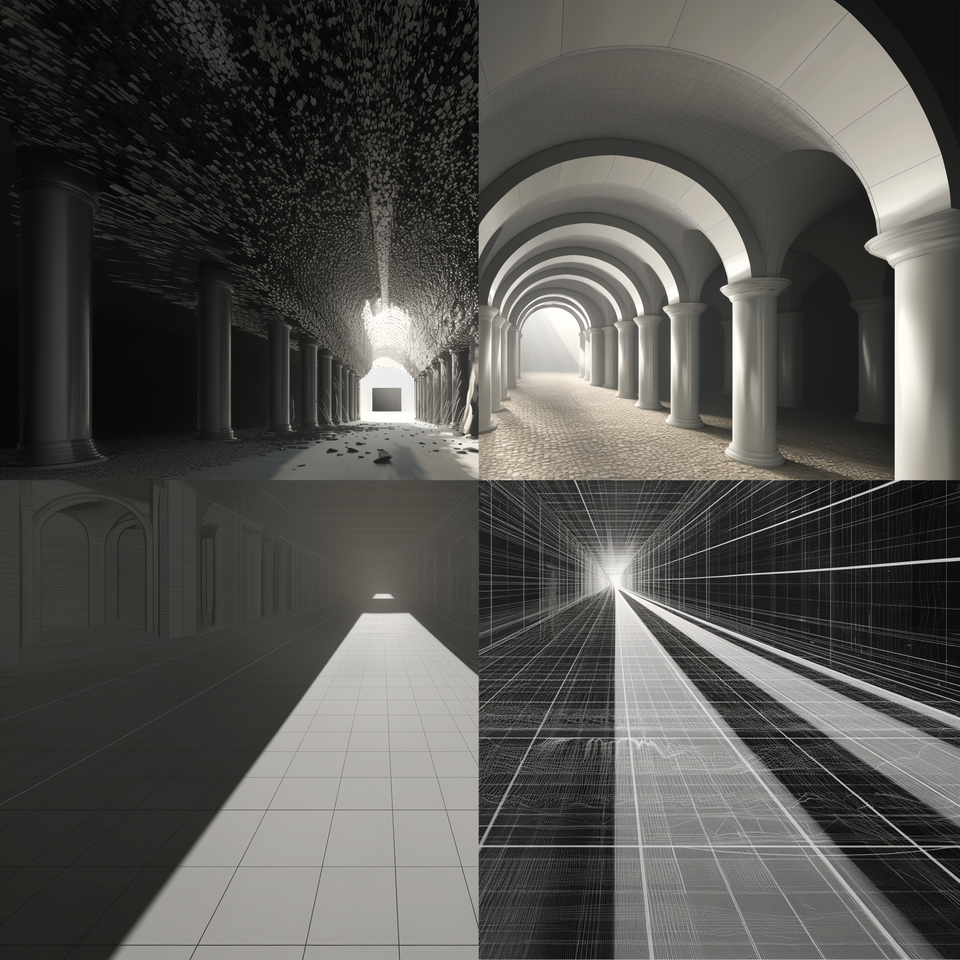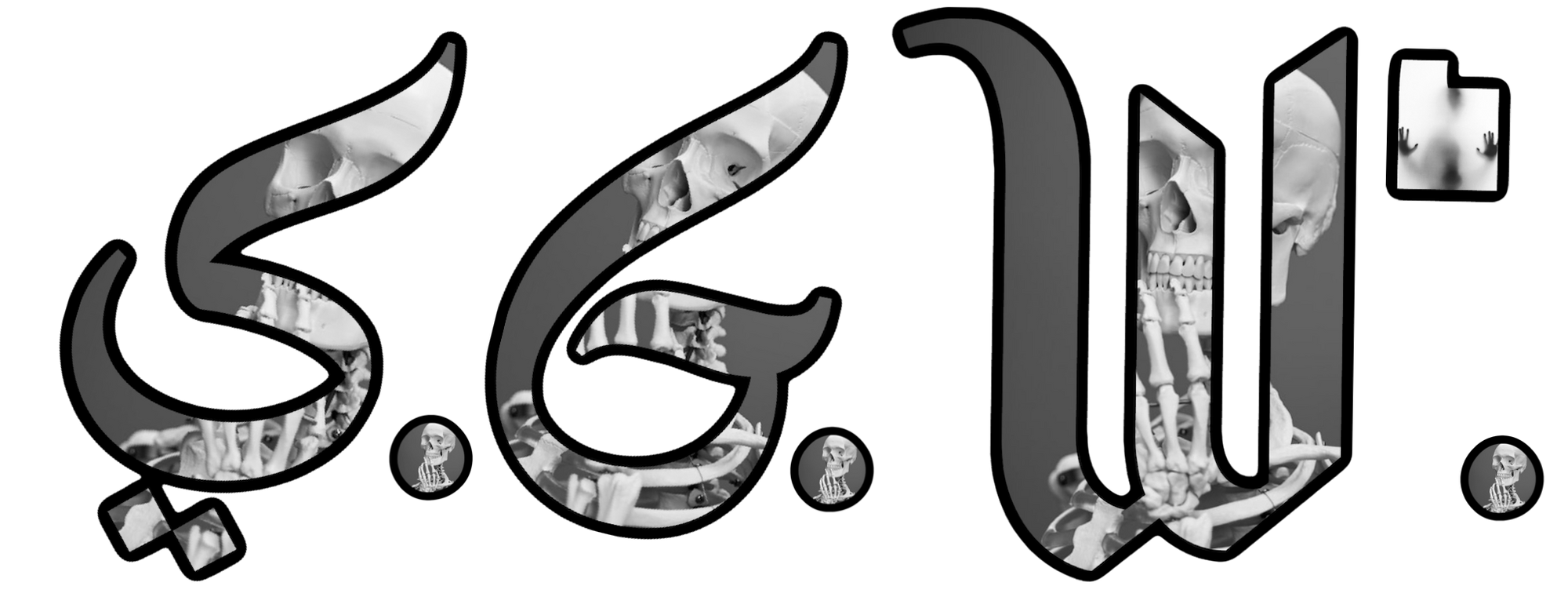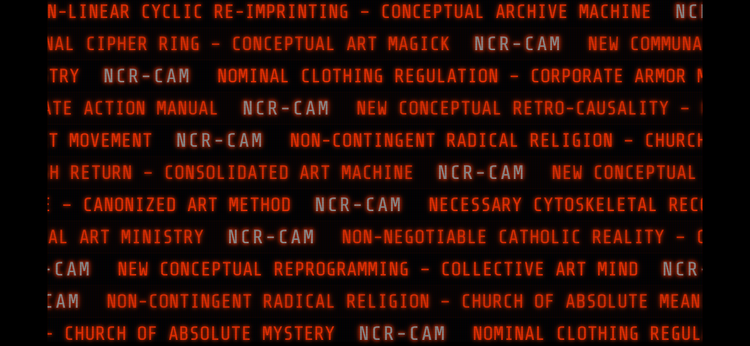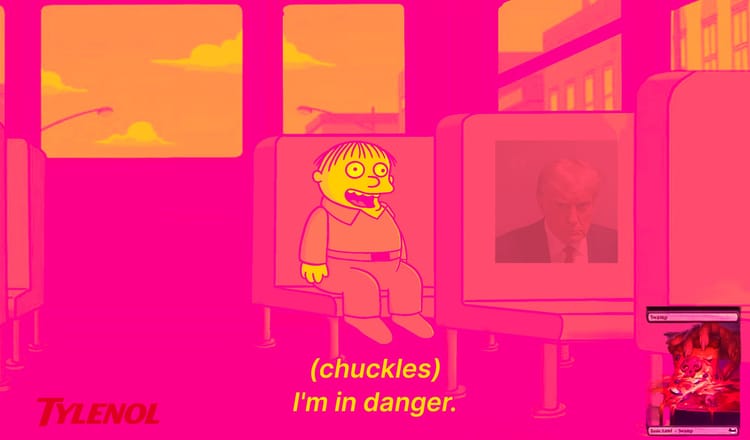YOLOvx?

Based on the information provided about YOLOv7 and considering the current state of real-time object detection, I propose the following new direction for further improving performance and efficiency in this field:

Adaptive Computation and Resolution for Real-Time Object Detection
The key idea is to dynamically adjust the computational complexity and spatial resolution of the object detector based on the input data and task requirements. This can be achieved through a combination of:
1. Conditional computation: Design a gating mechanism that can selectively activate or skip certain layers or branches of the network based on learned input-dependent criteria. This allows the model to adapt its computational graph at inference time, performing less computation on "easy" samples while allocating more resources to difficult or ambiguous cases.

2. Multi-scale feature fusion: Build a feature pyramid with multiple scales and resolutions, but dynamically select which scales to compute and fuse based on the input image and task. For example, the model may learn to use higher resolution features for small objects but stick to coarser scales for large objects. This can save computation while retaining accuracy.

3. Progressive refinement: Start with a lightweight, coarse detection and progressively refine it only as needed. The initial stage can quickly identify regions of interest using a low-resolution model, followed by selective application of higher-resolution models to refine the predictions. This focuses computation on the most relevant regions and avoids wasting effort on background or empty areas.

4. Task-specific adaptation: Train the model to adapt its architecture and hyperparameters based on the specific task and domain. For example, the model may learn to adjust its anchor boxes, feature resolutions, and post-processing steps differently for autonomous driving vs. surveillance footage. This can be achieved through meta-learning or hypernetwork-based approaches.

5. Hardware-aware optimization: Jointly optimize the model architecture and inference pipeline for the target hardware platform, considering factors like memory bandwidth, cache size, and available instruction sets. This can involve techniques like model compression, quantization, and hardware-efficient neural architecture search.

By combining these ideas, I believe we can create a new class of real-time object detectors that dynamically adapt their computation and resolution based on the input data and task requirements. This can lead to significant improvements in efficiency and practicality, especially for resource-constrained edge devices or time-critical applications.
The proposed direction builds upon the strengths of YOLOv7, such as its efficient architecture and training techniques, while introducing new dimensions of adaptivity and flexibility. It aligns with the broader trend in the field towards more dynamic and task-aware models, as exemplified by recent work on conditional computation, multi-scale feature fusion, and hardware-aware optimization.
Implementing this vision would require careful design and experimentation, as well as collaboration between experts in model architecture, hardware optimization, and applications. However, I believe the potential impact on real-world object detection systems could be significant, enabling new levels of efficiency and practicality across a wide range of domains.






Member discussion